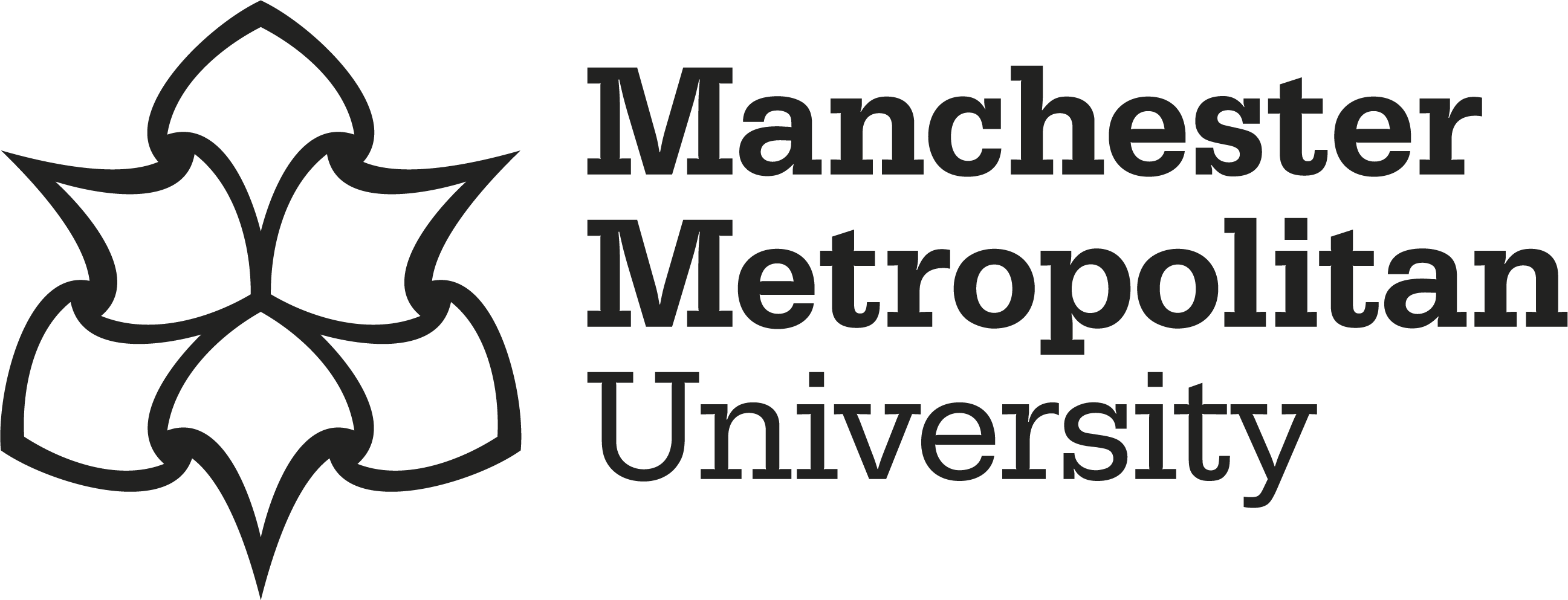Osborne, Andrew W, Keightley, Anna T, Woodward, Dave, Griggs, Jenny and Caporn, Simon JM (2025) Building Peat: Landscape-scale Habitat Re-creation Within Chat Moss for Wildlife and Climate Benefits. Conservation Land Management, 23 (3). pp. 10-17.
|
Accepted Version
Available under License In Copyright. Download (1MB) | Preview |
Abstract
Peatland is a biotope of international importance because of its unique flora and fauna and, when in good condition, the potential for globally significant carbon sequestration and storage. Until 300 years ago Chat Moss was the largest of the lowland raised bogs in the Greater Manchester area, covering over 36 square kilometres. During the Industrial Revolution, Chat Moss and virtually every other peatland in the northwest of England were completely degraded through drainage for peat extraction, agriculture, housing and infrastructure, with some entirely destroyed, resulting in numerous local extinctions. Over the past 40 years there have been determined efforts to restore degraded sites to semi-natural lowland raised bog habitat, increasingly driven by the imperative to protect remaining carbon stocks within peat from oxidisation, thereby reducing greenhouse gas emissions and subsequently resuming carbon sequestration and peat accumulation over the long term. Plans have grown into landscape scale projects, culminating in the formation of a peatlands National Nature Reserve.
Impact and Reach
Statistics
Additional statistics for this dataset are available via IRStats2.


